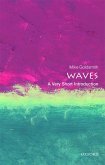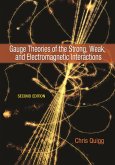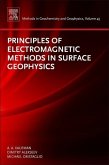Publisher's Note: Products purchased from Third Party sellers are not guaranteed by the publisher for quality, authenticity, or access to any online entitlements included with the product. Understand electromagnetic field principles, engineering techniques, and applications This core introductory-level undergraduate textbook gives you a solid overview of electromagnetic fields and waves. Designed to accommodate both one- and two-semester curricula, the book is laid out in accessible and holistic "learning blocks" to maximize flexibility in the classroom. Electromagnetic Fields and Waves: Fundamentals of Engineering shows how electromagnetic fields work, how to design them, how to control their parameters, and how to use them in real-world situations. You will learn about electric and magnetic fields, potentials, and energy, time-varying fields and Maxwell's Equations, wave propagation and polarization, transmission lines and waveguides, and much more. Each chapter starts with an outline of learning objectives and ends with a comprehensive summary. .Contains a holistic presentation of the math and physics fundamentals needed to comprehend the material .Presents the material with students' realistic preparation in mind to ensure lasting comprehension rather than being trained to carry out procedures .Chapter material is presented with "tangential/complementary" material moved to addenda at the end of the chapter. This allows the learners to decide which and how much of the material in these addenda to cover .Written by a recognized electrical engineering expert and experienced educator








